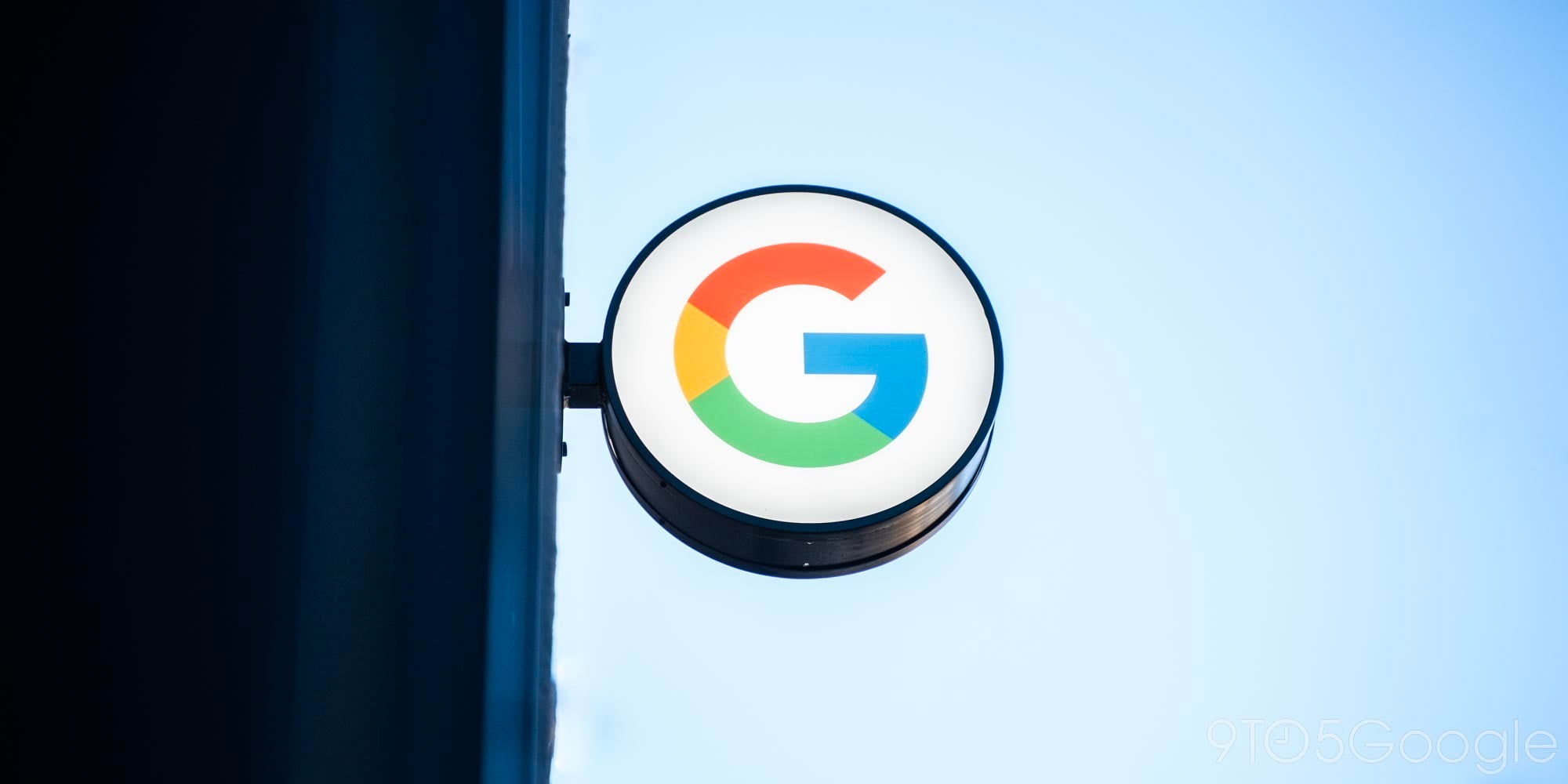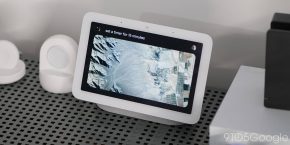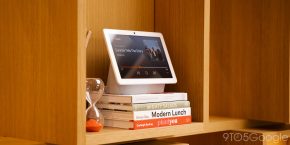
Last month, Google enabled Nest Hub and Nest Hub Max detection capabilities powered by ultrasound sensing. The company today detailed how the feature works, upcoming uses, and its accessibility origins.
Ultrasound sensing detects your distance to the Smart Display by emitting inaudible sound waves that bounce off objects, and are picked back up by the device’s microphones.
If you’re close, the screen will show you more details and touch controls, and when you’re further away, the screen changes to show only the most important information in larger text.
This feature arose after the Smart Display team noticed how older adults would “often walk up to the device to read the information on the screen, because he couldn’t see it easily from across the room.”
My team at Google Nest and I started having conversations with older adults in our lives who use our products, asking them questions about ways they use their devices and observing how they interact with them.

In creating a “better experience for people who have low vision,” Google had to balance larger text while still showing useful information at a glance, as well as privacy concerns.
In turning to echolocation, like bats, Google was able to run this “low-resolution sensing technology” entirely on-device. Nest Hubs only detect “large-scale motion” without being to identify anyone in particular. Google shared an interesting example of what the devices actually “see.”
Meanwhile, Google “tested varying text heights, contrast levels and information density and measured the ease with which people could read what’s on the screen.”
It was refreshing when, regardless of age or visual impairment, testers would make comments like, “it just feels easier to read.” It turned out that designing for people with low vision improved the experience for everyone.
Ultrasound sensing on the Nest Hub currently works with timers, commute times, and weather. Over the coming week, Google will have its Smart Displays show reminders, appointments, and alerts if you’re near the display.

FTC: We use income earning auto affiliate links. More.



Comments